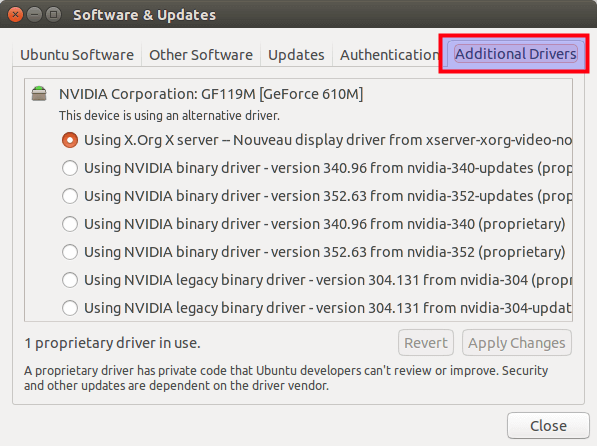
- INTEL GRAPHICS DRIVERS FOR UBUNTU INSTALL
- INTEL GRAPHICS DRIVERS FOR UBUNTU DRIVERS
- INTEL GRAPHICS DRIVERS FOR UBUNTU UPDATE
- INTEL GRAPHICS DRIVERS FOR UBUNTU DRIVER
GMA3150 Intel® Graphics Media Accelerator 3150 (used in Intel® Atom™ processor N450/D410/D450 family) Ironlake Intel® HD Graphics (used in Intel® 2010 Core™ i7/i5/i3 processor family) Sandybridge Intel® HD Graphics 2000/3000 (used in 2nd Generation Intel® Core™ i7/i5/i3 processor family) Ivybridge Intel® HD Graphics 2500/4000 (used in 3rd Generation Intel® Core™ i7/i5/i3 processor family)
INTEL GRAPHICS DRIVERS FOR UBUNTU DRIVERS
The Linux graphics drivers from Intel support the following Intel® chipsets within the Intel Linux Graphics project: Wayland is the ongoing research project on next generation of window systems and composers

VA API is the part of the stack responsible for hardware-accelerated video rendering, pre- and post-processing and output
INTEL GRAPHICS DRIVERS FOR UBUNTU DRIVER
LibDRM is the middleware responsible for conversations between user applications and kernel driver itselfĬairo Graphics is the 2D rendering and acceleration library XF86-Video-Intel, also known as DDX is the driver responsible for the 2D rendering within the X window system Mesa is the library responsible for 3D rendering, OpenGL compatibility, GLES and all the 3d-related components of Graphics on Linux and Unix systems Kernel driver is the core of the Intel Linux Graphics project, being responsible for all interactions with the hardware, driving different video outputs, mode setting, and converting bits into on-screen visible pixels. Current OTC graphics work covers a broad range of efforts and projects, such as: : Community contributions range from driver development and refinement to widespread project involvement, with a particular focus on advancing standards for Open Source graphics. This page was last updated on Thursday, Maat 2:32 AM.Linux* graphics is an ongoing field of interest at Intel’s Open Source Technology Center (OTC). Sudo cp /etc/lsb-release.bk /etc/lsb-release When you are done installing the tool and the drivers, you can simply revert the changes: sudo rm -f /etc/lsb-release
INTEL GRAPHICS DRIVERS FOR UBUNTU INSTALL
Save the file and now you can install the tool. nano for example): sudo nano /etc/lsb-release Then edit the file with your favourite text editor(e.g. Just change temporarily /etc/lsb-release to correspond to Ubuntu 17.04 Zesty Zapus, it will work fine.įirst, make a backup of the file: sudo cp /etc/lsb-release /etc/lsb-release.bk
INTEL GRAPHICS DRIVERS FOR UBUNTU UPDATE
Since the latest Intel® Graphics update tool for Linux* OS V2.0.6 is not available yet for Ubuntu 17.10, you need to use the 17.04 version and a little trick. Install the Intel® Graphics update tool in Ubuntu 17.10 In addition, also run the update and upgrade from Ubuntu* sudo apt-get updateĪfter that you can install and run the tool to install the latest Intel® driver. Open a terminal, and execute these lines: wget


In order to "trust" the Intel® Graphics Update Tool for Linux* OS, you will need to add keys to Ubuntu's* software package manager ("apt"). Whether running for the first time or upgrading from an earlier release, be sure to run the following. You can follow this link to download the latest Intel® Graphics update tool for Linux. We suggest to use the Intel® Graphics update tool for Linux to resolve lack graphical issues. For example, the latest Ubuntu 17.10 use Wayland as default display server and the standard i915 GPU driver doesn't manage properly Wayland as expected. Heads up! This tool is really useful to let your Linux Distro works well.

Intel® provides a tool to check and update the graphics drivers of the Intel® HD Graphics integrated GPU.


 0 kommentar(er)
0 kommentar(er)
